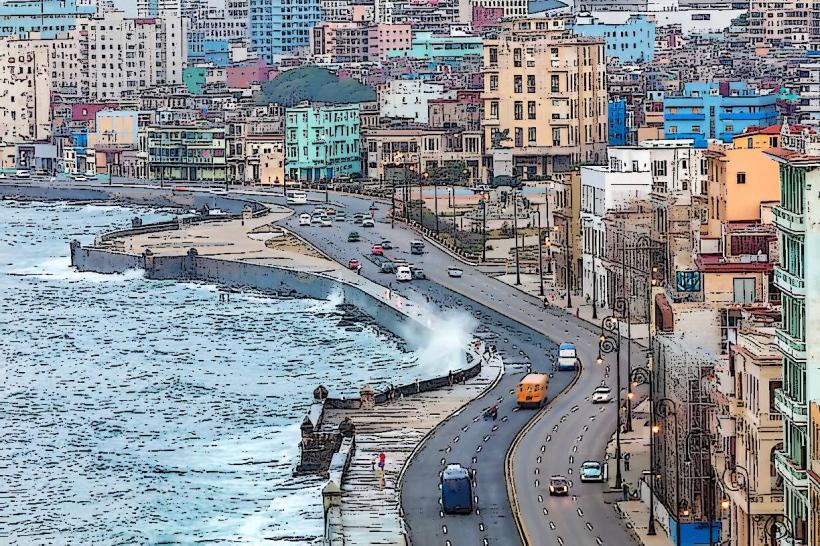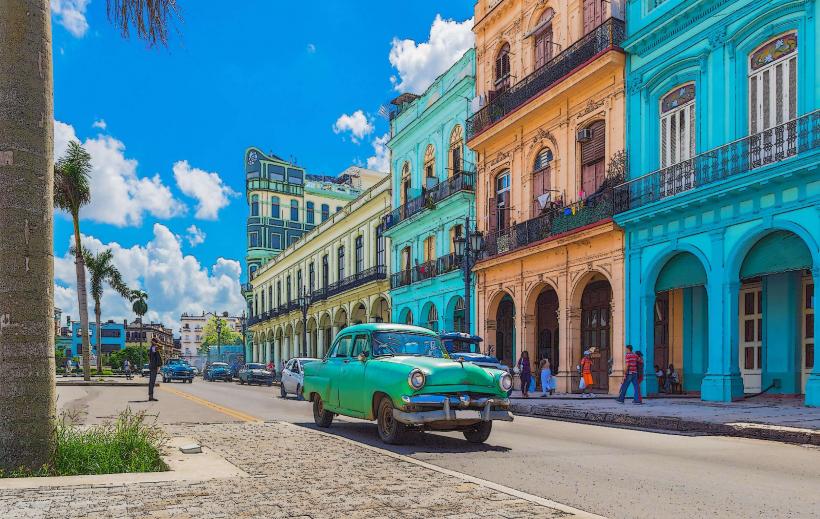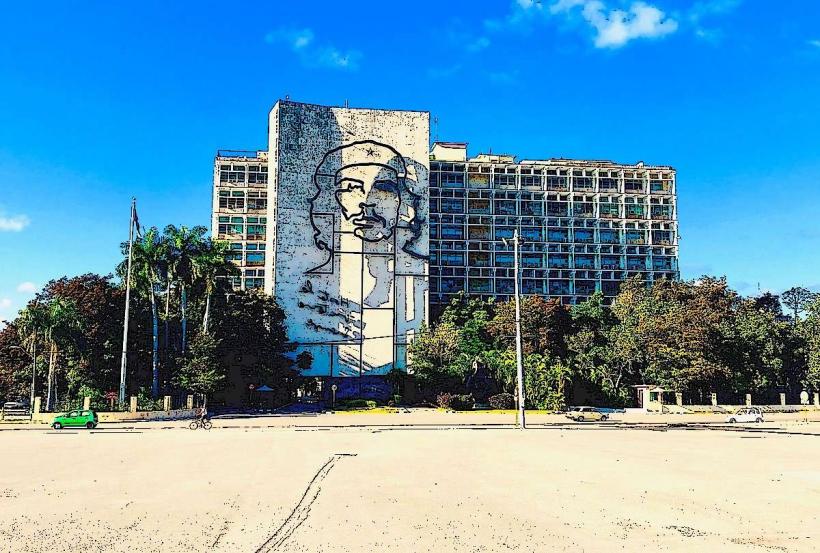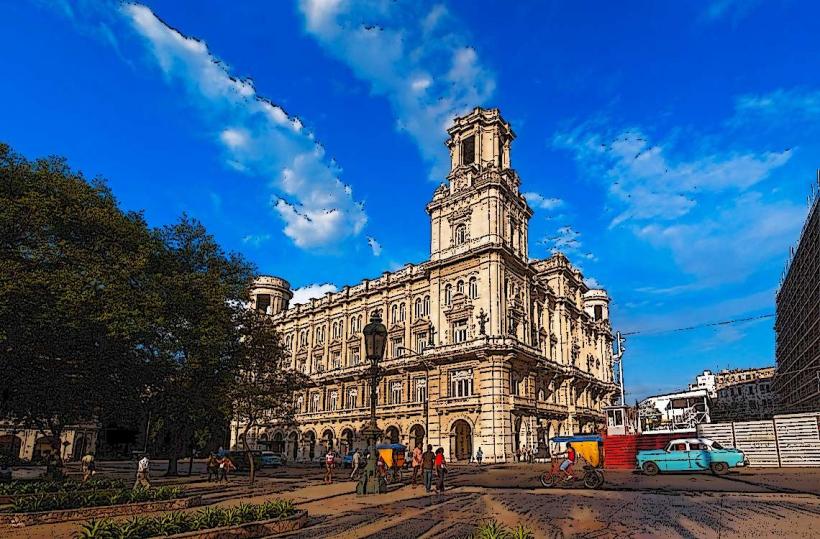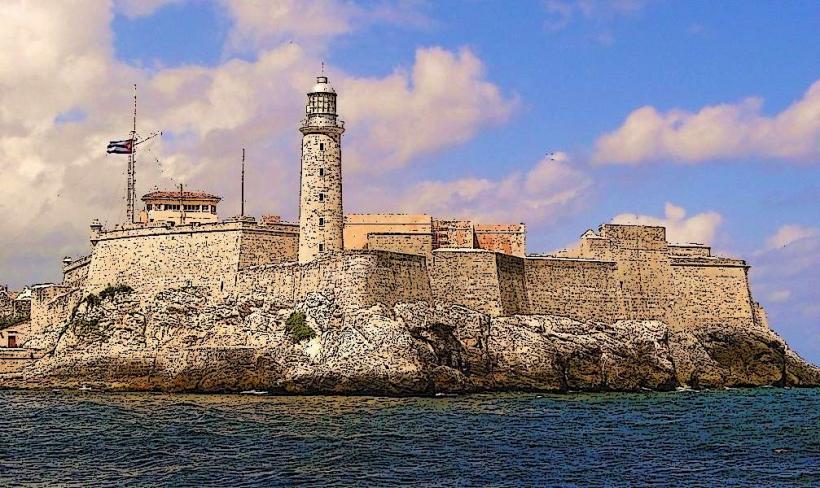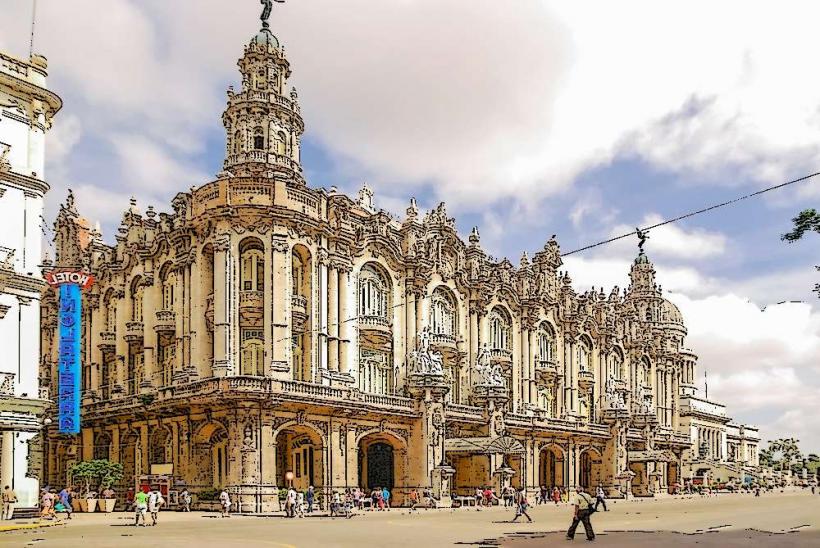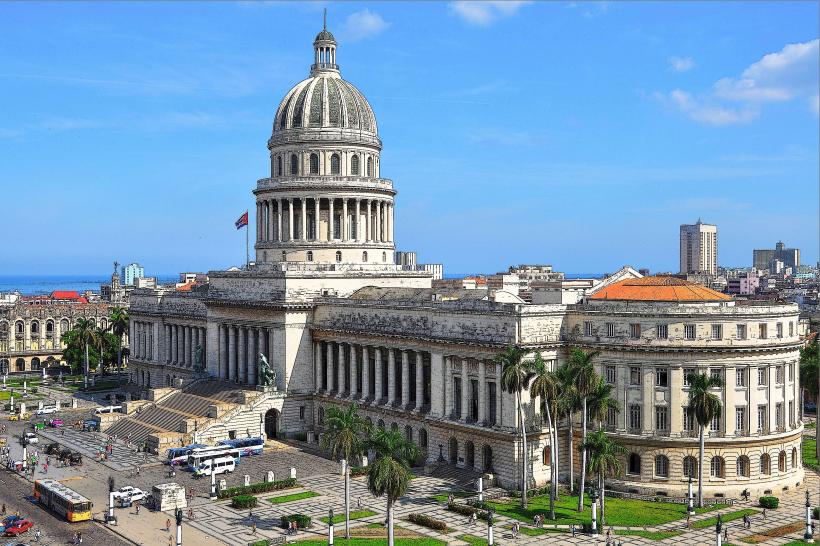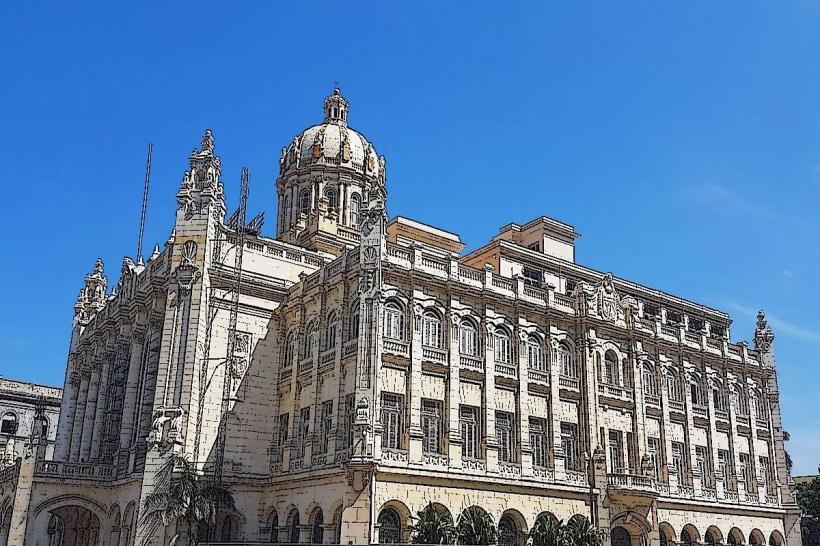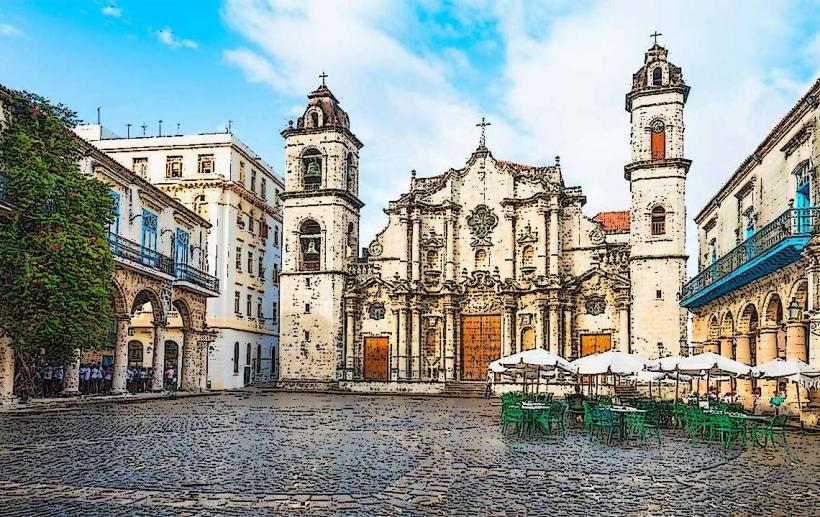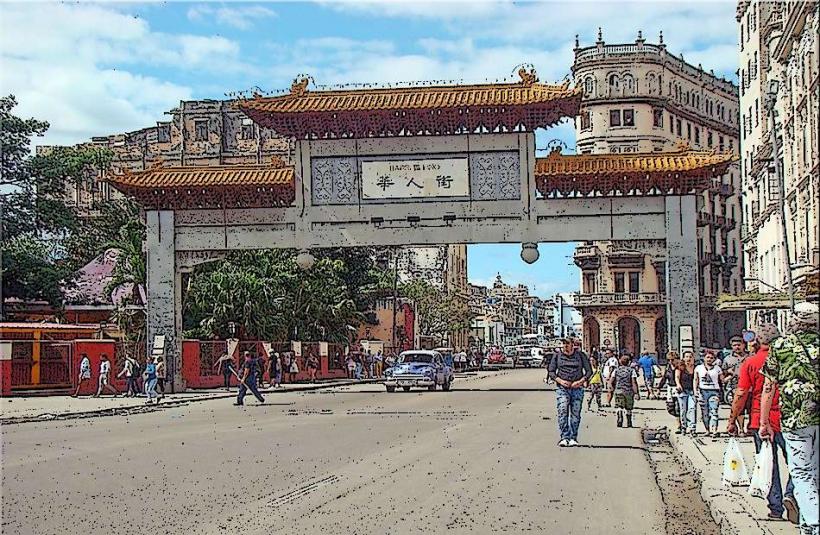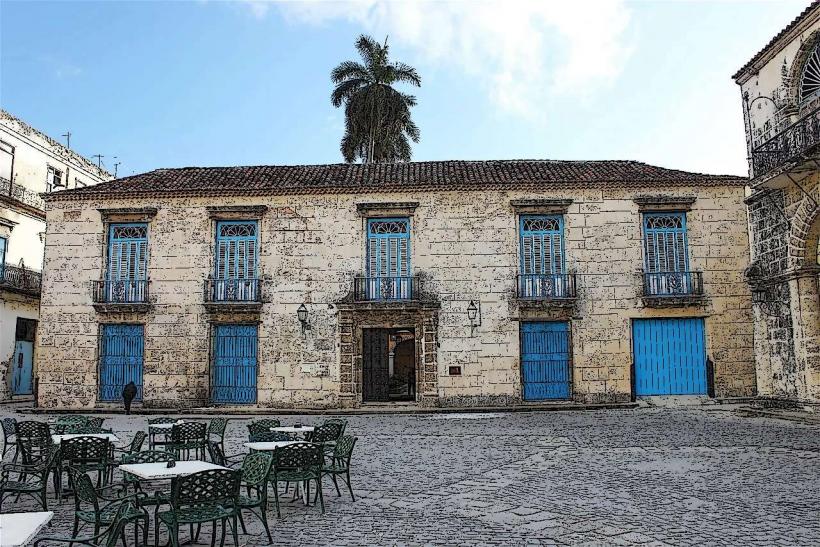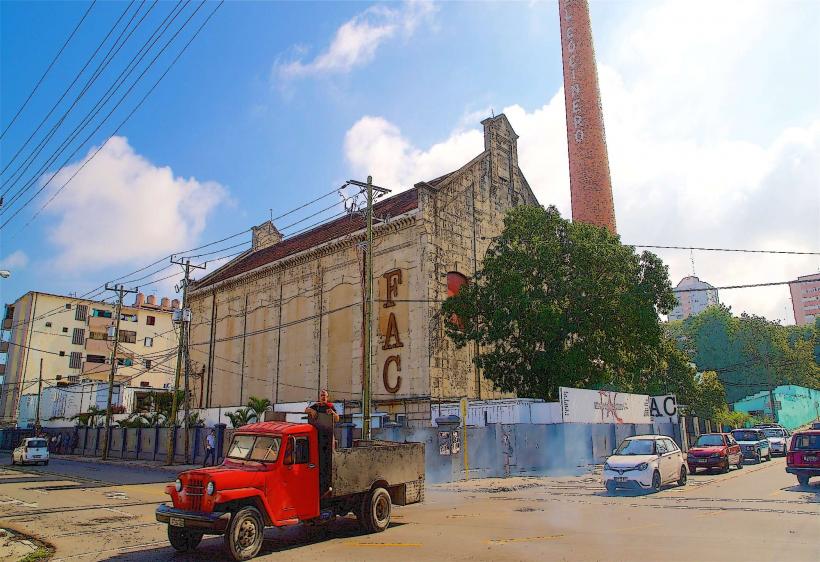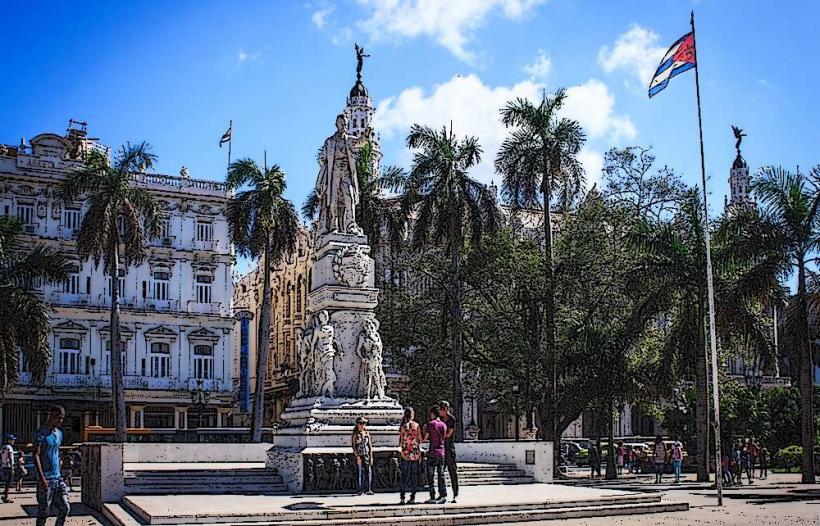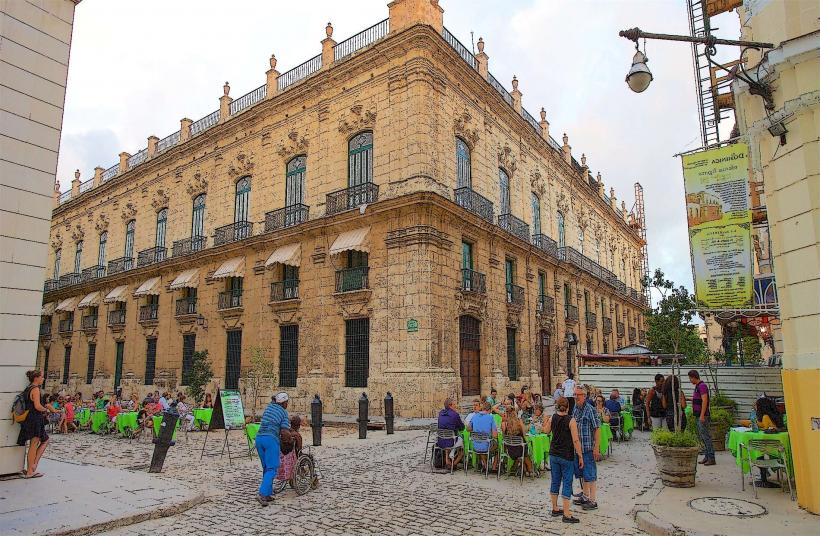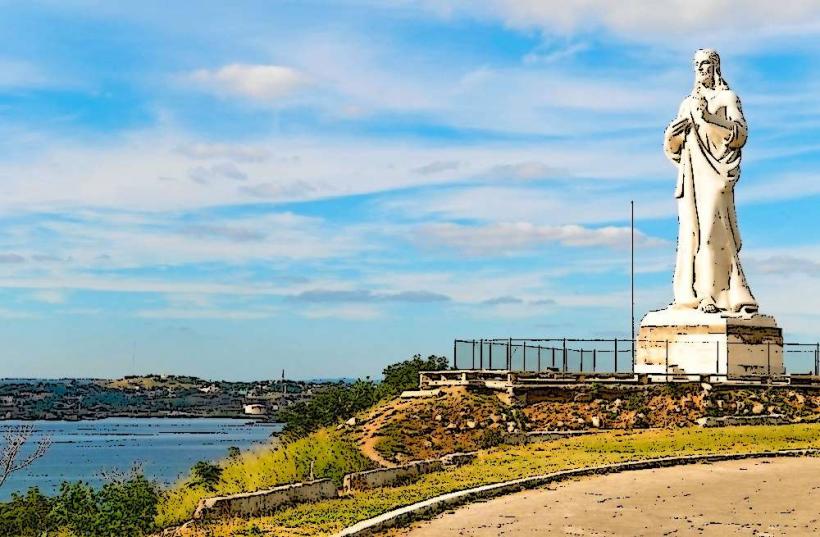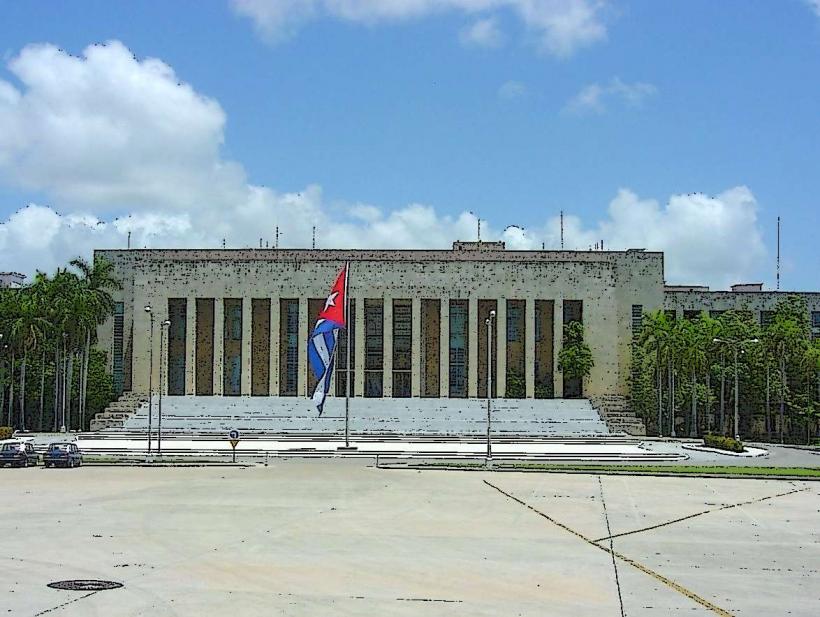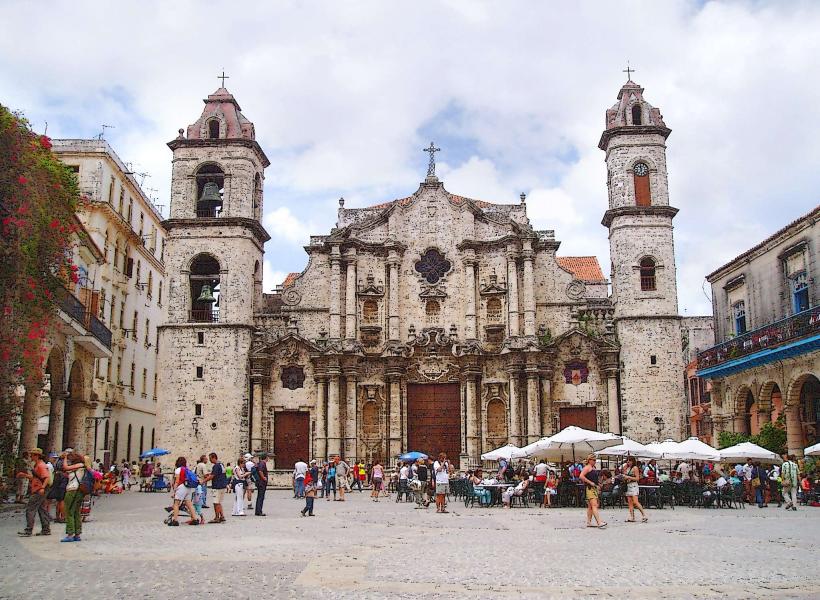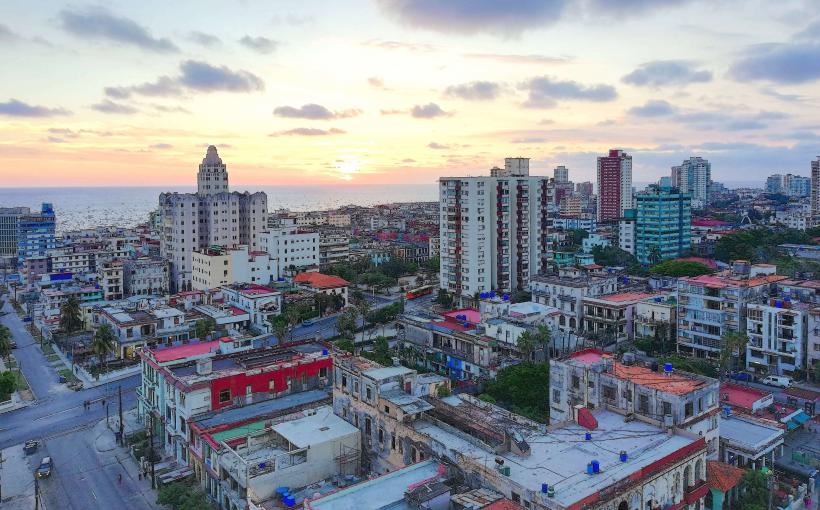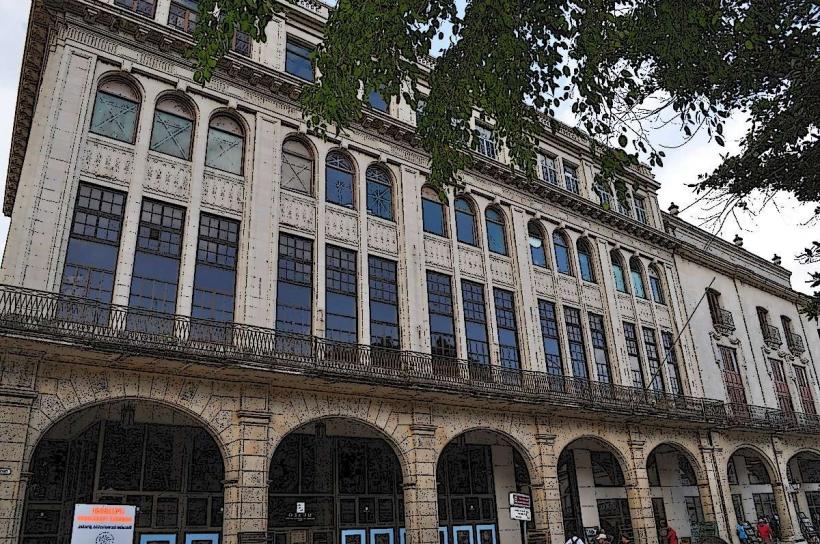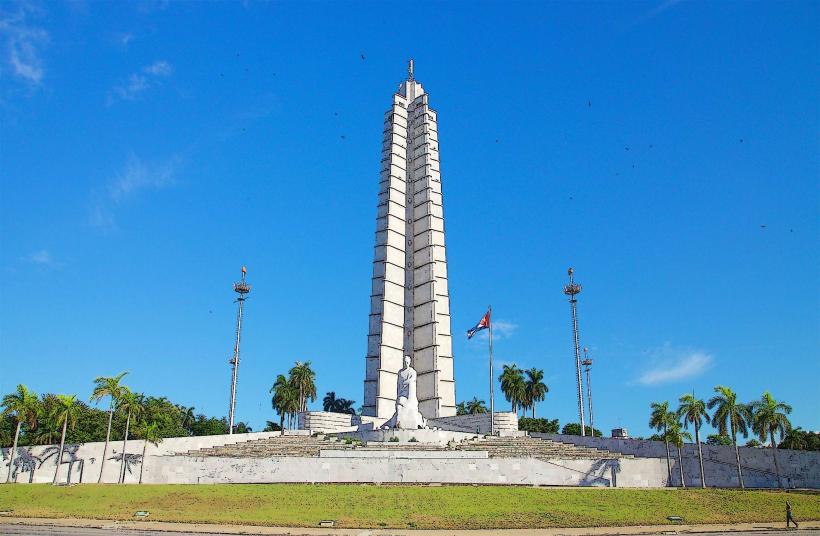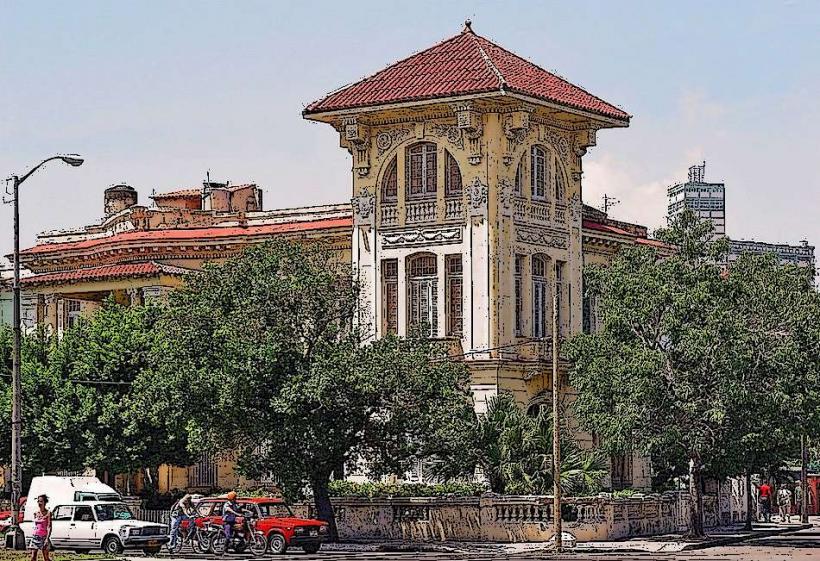Information
Landmark: Plaza de ArmasCity: Havana
Country: Cuba
Continent: North America
Plaza de Armas is one of the oldest and most significant squares in Old Havana (Habana Vieja), Cuba. This historic square, dating back to the early days of Havana’s colonial period, is not only a place of great historical importance but also a vibrant cultural center in the heart of the city. It has witnessed the evolution of Havana from its founding in the early 16th century through its time as a Spanish colonial hub, its role in Cuba’s independence struggles, and its ongoing place as a popular tourist destination.
Historical Significance
Plaza de Armas has long served as the central point of Havana's colonial history and political life. It was established as one of the first public squares when Havana was founded by the Spanish in 1519. Over time, it became the center for both the administrative and military activities in the city.
Colonial Beginnings: In its early days, Plaza de Armas was primarily a military square, serving as a gathering place for soldiers and the site of important military events. The Castillo de la Real Fuerza, a fortress located on the northern side of the plaza, was built in the late 16th century to protect the city from pirates and enemy ships. Over time, the square also became a center for trade, governance, and public events under Spanish rule.
Political Hub: During the colonial period, the square was used for important political and ceremonial events, including public executions, military parades, and religious celebrations. It was also home to the Palacio de los Capitanes Generales, the seat of Spanish government in Cuba, which was located on the southern side of the square until the Cuban Revolution in the late 1950s.
Post-Revolution Significance: After the Cuban Revolution, Plaza de Armas retained its cultural and historical importance. It became a key location for tourists and locals alike, offering a glimpse into the colonial past of the city while serving as a vibrant space for public life, including cultural events, markets, and celebrations.
Architecture and Landmarks
Plaza de Armas is surrounded by several historic and architecturally significant buildings, which together form a picturesque backdrop to the square. These structures showcase a mix of Spanish colonial architecture and Cuban historical design, with neoclassical, baroque, and renaissance elements present in the buildings around the square.
Castillo de la Real Fuerza: On the northern side of the square, the Castillo de la Real Fuerza is a fortress originally built between 1558 and 1577 to defend the city against pirate attacks. This imposing structure is one of the oldest military buildings in the Americas and remains a prominent feature of Plaza de Armas. Today, it houses the Museo de la Navegación (Museum of Navigation), where visitors can explore exhibits related to Cuba’s maritime history.
Palacio de los Capitanes Generales: On the southern side of the plaza, the Palacio de los Capitanes Generales (Palace of the Captains General) was once the residence and office of the Spanish governors of Cuba. The palace is an excellent example of colonial-era architecture, with a large central courtyard and balconies that overlook the plaza. Today, it houses the Museo de la Ciudad (Museum of the City), which showcases the history of Havana from its founding to modern times.
Museo de la Ciudad: The Museo de la Ciudad is housed in the former Palacio de los Capitanes Generales and is one of the most important museums in Havana. It provides a deep dive into the history of the city and includes exhibits on colonial life, Havana’s development, and the role of the square and surrounding areas in the city’s evolution. The museum’s collection includes maps, paintings, furniture, and historical artifacts that offer insight into the city’s past.
Other Colonial Buildings: Several other colonial-era buildings, including mansions and public offices, line the plaza. Their neoclassical facades, balconies, and arches contribute to the square’s timeless charm.
Cultural and Social Life
Plaza de Armas is not only a site of historical significance but also a vibrant cultural and social space. It is an active part of daily life in Havana, where locals and tourists converge to experience the city’s history, culture, and atmosphere.
Public Market: The square is home to a popular book market that operates most days of the week, where vendors sell secondhand books, artwork, antique maps, and prints. The market is a great place to pick up a unique souvenir, particularly for those interested in Cuban history, literature, and art. The market gives the plaza a lively, cultural feel, adding to the square’s charm.
Live Music and Performances: Street musicians often perform in Plaza de Armas, adding to the dynamic atmosphere. Cuban musicians play a mix of traditional Cuban music, including son, salsa, and trova, creating a festive ambiance for both locals and visitors. The square’s open space and picturesque surroundings make it an ideal spot for live performances and cultural gatherings.
Cultural Events: Plaza de Armas is a venue for cultural events, including art exhibitions, dance performances, and historical reenactments. These events provide an opportunity for locals and tourists to engage with Cuban culture in a setting that is both historically and architecturally significant.
Relaxation and Dining: The square has a relaxed and inviting atmosphere, with several cafes and restaurants surrounding it. Visitors can sit and enjoy a coffee or cocktail while soaking in the historical ambiance. Some cafes have outdoor seating where patrons can watch the activity in the square, including people-watching, market browsing, and enjoying the music.
Religious and Civic Significance
While Plaza de Armas is primarily known for its historical and cultural role, it has also been a site of significant religious and civic events throughout its history. During the colonial period, it was often the site of public religious ceremonies, including processions, festivals, and church services.
Religious Processions: In the past, the plaza was often the site of religious processions, where Cuban clergy and the public would gather to celebrate important Catholic holidays. The cathedrals and churches around the square were key locations for these processions, which would sometimes spill out into the square.
Political Gatherings: Plaza de Armas was also used for political gatherings and public addresses during the colonial period. It was the site of both civic celebrations and protests, including during the wars for Cuban independence from Spain. The Palacio de los Capitanes Generales was a key location for political power in Cuba, and many important figures in Cuban history passed through this square.
Visitor Experience
Visitors to Plaza de Armas can enjoy a mix of historical exploration, cultural experiences, and relaxation. Here’s what you can expect during your visit:
Sightseeing: The square is a fantastic spot to explore Cuba’s colonial past. Visitors can stroll through the cobblestone streets, admire the colonial architecture, and visit the Castillo de la Real Fuerza and the Museo de la Ciudad.
Cultural Immersion: Plaza de Armas is a place to experience Cuban culture firsthand. Visitors can interact with local vendors, enjoy the art market, and listen to live music. It’s a lively spot where the past and present of Havana come together.
Photographic Opportunities: The square, with its historical buildings, lush greenery, and vibrant atmosphere, is a photographer’s dream. The beautiful setting makes it an ideal place to capture the essence of Old Havana.
Cafes and Dining: Plaza de Armas is home to several cafes and restaurants where visitors can enjoy a coffee, a drink, or a meal. Dining here is a great way to soak up the atmosphere of the square while relaxing.
Conclusion
Plaza de Armas is a captivating blend of history, culture, and social life, making it one of the most essential stops in Old Havana. Its historical significance, stunning colonial architecture, and lively atmosphere provide a rich and immersive experience for visitors. Whether you are a history enthusiast, a culture lover, or simply someone looking to enjoy the vibrant life of Havana, Plaza de Armas offers something for everyone. Its role as the heart of Havana’s colonial past ensures that it remains one of the city’s most treasured locations.

